Gone are the days of there being repeater systems with complex RF linking between sites or voting receivers, although a few holdovers from the past still exist as an exercise of love by their owners, clubs, or as a backup for emergencies. But even those systems will employ some method of internet linking where distances are too great or terrain is uncooperative. In the early days of VOIP, Voice Over IP internet linking, there was Echolink which is still in use today. Echolink is capable of linking repeaters, simplex radio links, and computers. And eventually as smart phones entered the fray, you could use your pocket computer to connect into the network and your favorite repeater even with the new cellular data network.
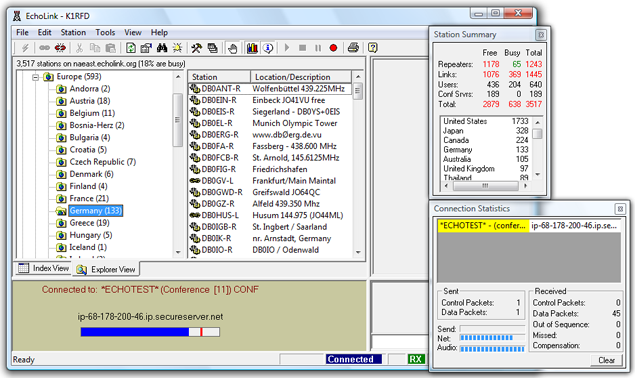
Echolink was never the best in audio quality, and hasn’t really kept up in this area. So enter in a new player that was all about audio quality and keeping the network about linking just radios, IRLP, Internet Radio Linking Project. Though, this project turned out to be more about selling hardware and keeping the system locked down and under control, so it left a wide opening for something else to come along.
So enter in the analog radio project that has taken over ham radio, Allstarlink. Before we get into specifics we need to cover some history that enabled the project. Mid to large size businesses with complex phone needs had to employ what is called a PBX, Private Branch Exchange, and these are proprietary systems usually made by the carrier phone switch manufacturers that cost several thousand dollars. So Mark Spencer thought he could leverage a computer and software with hardware interfaces to bring in the phone lines and create a much cheaper and more powerful software PBX, and this project was called Asterisk. This was transformative for the telecom industry as I worked in an AT&T business phone provisioning center during this period. Consequently, then comes along a programmer that was working on an Asterisk hardware project who thought he could take Asterisk and apply it to linking ham radio repeaters, Jim Dixon, WB6NIL (SK), and Allstarlink was born. And not only did Jim and other contributors use it to connect repeaters, but they also gave it the ability to act as a repeater controller.
Running a ham radio linking system on Asterisk not only gave access to a lot of great quality VOIP codecs, but also allowed complex connections and linking. No more one to one connections or having to rely on a special reflector. Any station could connect to any station and a complex wide area network could be created on demand.
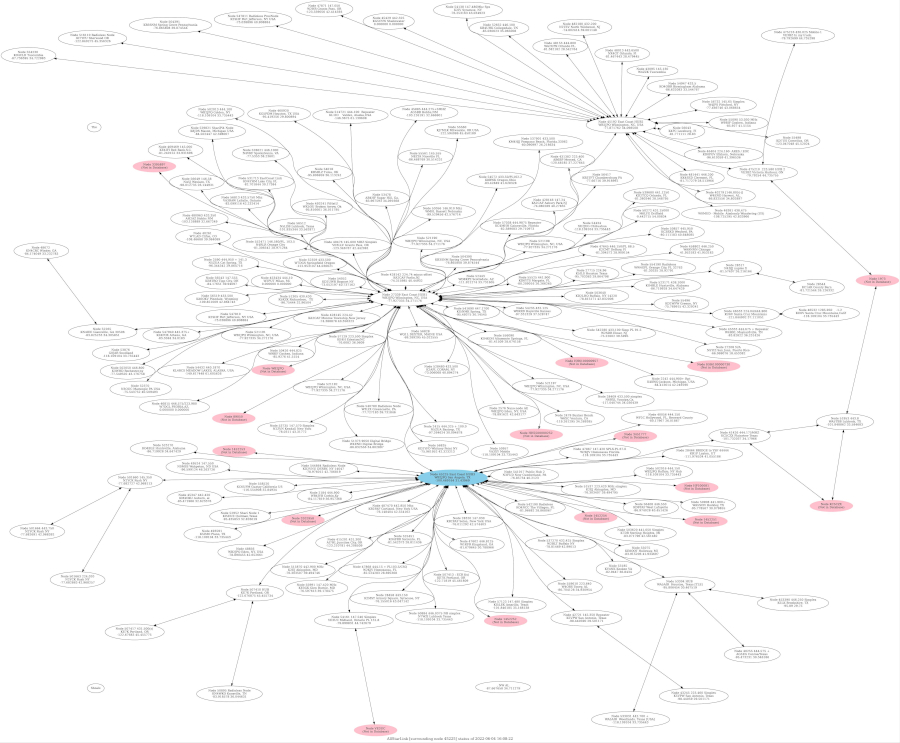
And with new small form factor computers coming onto the market, work began to move Allstarlink to these new platforms. The Hamvoip developers, Doug Crompton, WA3DSP, and David McGough, K4FXC, first worked on bringing the software to the original Raspberry Pi, but moved to the BeagleBone Black for its faster processor and succeeded in getting the system working. But once the quad core Raspberry Pi 2 was released, development switched to the Pi platform exclusively because of better hardware and OS support, and with each improved Raspberry Pi hardware release it came to dominate Allstarlink implementations.
Now with a small form factor computer you no longer had to have the large PC at a repeater site, and this paved the way for personal Allstarlink nodes which hams could run at their home. Systems that could be left on and not consume a lot of power. And with the advent of the cellular phone networks, repeaters and their autopatch phone linking systems started to see a lot less use as activity migrated to the cellular network. But with Allstarlink, Wide Area repeater and link networks developed letting personal node users connect to wherever they wanted regardless of location in the world. Ham radio operators were no longer limited to just whatever repeater systems covered their areas.
The simplest way to run an Allstarlink node is to use a USB audio dongle modified to connect to and control a mobile radio. You can fashion one yourself, or purchase commercial versions with appropriate connectors. And you can also modify cheap radio handhelds to be your Allstarlink node radio. And there are even all in one nodes with simple low power radio boards like the Shari Pihat. Having your own Allstarlink node at home has never been easier.

Now during the time of Allstarlink’s development we’ve also seen digital radio technology emerge. The early ham radio system, D-Star, was created by the Japan Amateur Radio League and pioneered by Icom, and part of it’s implementation was internet connectivity for repeaters, reflectors, and home users. There was an AMBE vocoder USB dongle that you could use with your computer to get onto the network, or a USB dongle with radio board to allow you to use a radio locally and connect over the internet. And eventually Yaesu came along with SystemFusion and WIRES-X technology with internet connectivity. But these solutions all required a PC for internet connectivity.
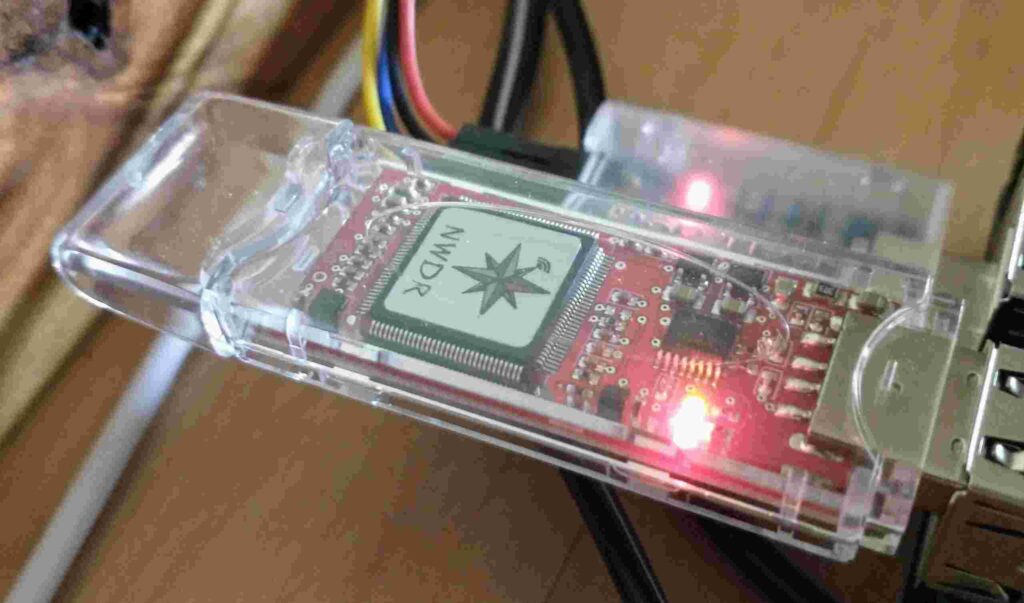
Along comes a gifted programmer Jonathan Naylor, G4KLX, who wrote DStarRepeater and ircDDBGateway, but with time he added support for multiple digital modes creating the open source MMDVMHost along with MMDVM firmware, Multi Mode Digital Voice Modem. And now we had the digital hotspot that could be run on a Raspberry Pi. Since the radio has the AMBE vocoder chip in it (or licensed software), it can handle the encoding/decoding functionality, so for a digital MMDVM hotspot you only need a simple modem, radio board to relay the packets. Then another gifted coder, Andy Uribe, CA6JAU, came along to improve MMDVM and create the MMDVM_HS firmware many of us are using today. Andy also worked on cross mode support where the AMBE chip mode was compatible, e.g. DMR to YSF, DMR to NXDN…and back. So with one digital hotspot you had support for multiple digital modes and internet connectivity to various networks even if you didn’t have the specific radio for that mode.
To further expand on their efforts Andy Taylor, MW0MWZ, maintains Pi-Star. Pi-Star is a disk image built on Raspberry Pi OS (formerly Raspbian) including MMDVMHost and all the other related programs, but packaged with a really nice web interface. Beyond just the dashboard of stations heard, you have a really nice web interface for configuring all the aspects of your digital hotspot without needing to get into the command line and manually edit config files.

All of these digital modes have their unique networking systems, but you’re able to connect anywhere over the internet and talk with other hams worldwide and the hardware requirements are light and very easy to setup. And when the signal is decoded it sounds exactly as encoded by your radio with quality varying based on AMBE codec employed.
Of all these modes my particular favorite is DMR, Digital Mobile Radio. Primarily designed for commercial service as an open standard, so any company can manufacture radios that support DMR. Other digital modes are mostly locked down to particular manufacturers and there isn’t much price competition, so read that as overly expensive. Consequently, because DMR was created for commercial radio, it has quirks to get around for ham radio use. The biggest thing is the use of talk groups and needing to program your radio using the software provided by the manufacturer. But there have been projects to create opensource firmware for some radios that make them front panel programmable as well as being much more ham friendly. And with Jonathan’s DMRGateway software that interfaces with MMDVMHost, you can use several DMR networks and all their associated talk groups.
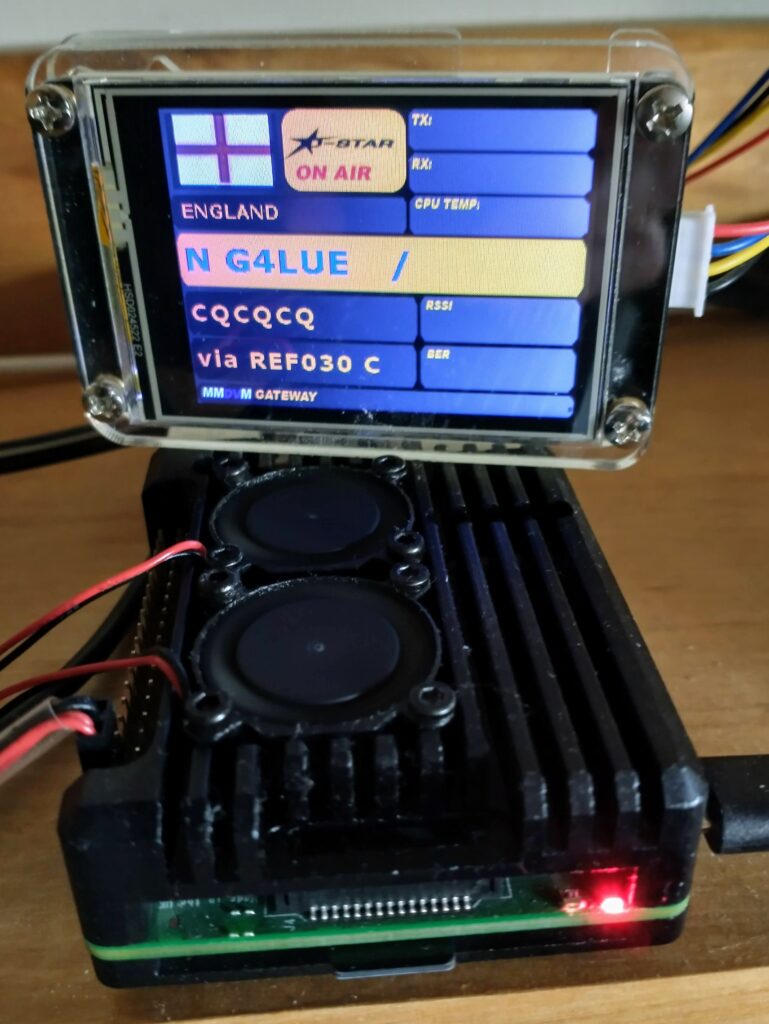
Another ham project worth mentioning is DVSwitch Server by Michael Zingman, N4IRR, and Steven Zingman, N4IRS. DVSwitch Server was primarily created for network radios that run Android, but it can also be used with an Android phone (and BT Speaker Mic). This builds upon the digital mode MMDVMHost and associated programs to be able to work multiple digital modes. This can be setup on a Debian server, or a Raspberry Pi, and you use the Android DVSwitch Mobile app to access the server or it’s built in web application Analog Reflector. DVSwitch Server comes with software codecs, but to really shine you need to add an AMBE vocoder dongle to handle the encoding and decoding of digital signals as the included D-Star software codec isn’t very good. And from the DVSwitch Mobile screen you can change digital modes, DMR, D-Star, YSF, P25 and NXDN, or move to talk groups or reflectors to reach out to radio networks all over the world.
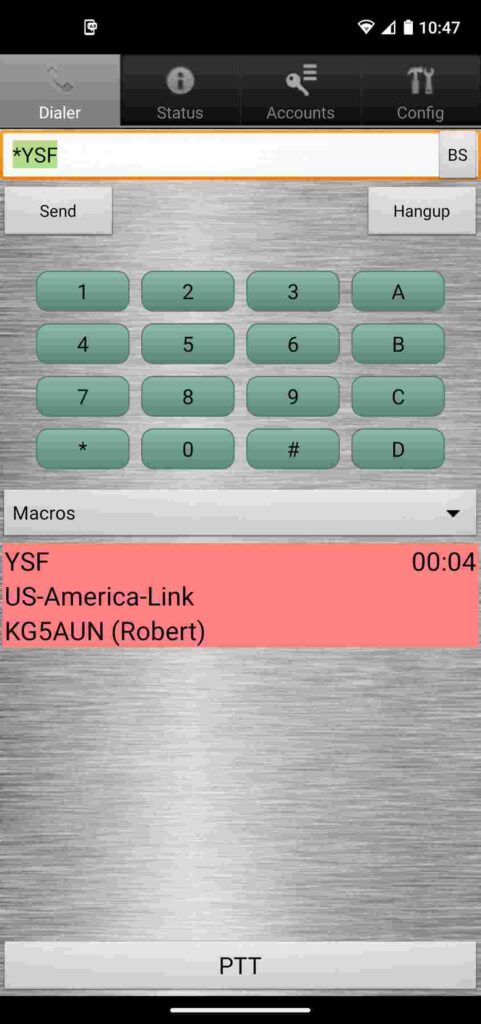
So today, it’s never been easier to become a ham radio operator and talk to people all over the world, participate in nets, or just listen to what is going on in other parts of the world. And the technology is really accessible and very easy to use if you’ll put in a little bit of effort to learn. But then that’s why we become ham radio operators, to learn and experiment with radio and various related technologies. And the greatest part of the hobby is there is always something else to learn and experiment with.